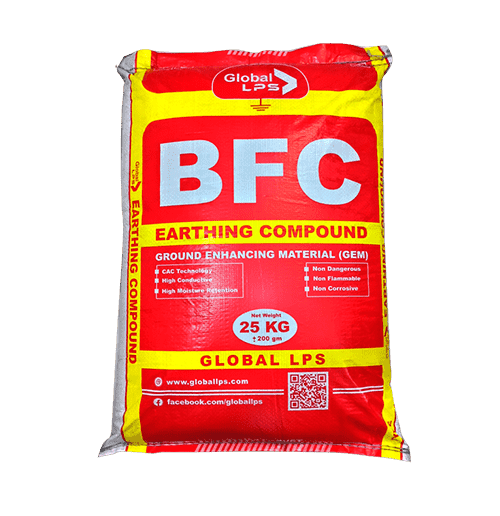Earthing is a critical aspect of electrical systems that ensure various electrical installations’ safety and proper functioning. One essential component of an effective earthing system is the backfill compound, a material placed around electrodes to enhance conductivity and reduce resistance. In this article, we will delve into the significance of earthing backfill compounds, their composition, and the benefits they bring to electrical grounding systems.
Understanding Earthing:
Earthing, also known as grounding, connects electrical systems to the Earth’s conductive surface. The primary purpose of earthing is to provide a low-resistance path for electric current to prevent the buildup of static electricity and to facilitate the dissipation of fault currents, ensuring the safety of both people and equipment.
Components of an Earthing System
An earthing system typically consists of electrodes, conductors, and the surrounding soil. Electrodes are the metallic components buried in the ground to establish a connection with the Earth. The conductors connect electrical equipment to the electrodes, while the surrounding soil forms the interface for the flow of electric current.
Importance of Earthing Backfill Compounds (BFC)
While the soil itself is a natural conductor, its resistivity can vary depending on factors such as moisture content, temperature, and soil composition. To optimize the performance of an earthing system, especially in areas with high resistivity soil, engineers often use earthing backfill compounds.
- Enhanced Conductivity: The primary purpose of an earthing backfill compound is to enhance the conductivity of the soil around the electrode. This is crucial in reducing the overall resistance of the earthing system, ensuring that fault currents are safely dissipated into the ground.
- Reduced Corrosion: Earthing electrodes are susceptible to corrosion over time, especially in harsh environmental conditions. Backfill compounds can provide a protective layer, reducing the corrosion of electrodes and extending their lifespan.
- Improved Moisture Retention: Some earthing backfill compounds are hygroscopic, meaning they have the ability to absorb and retain moisture. This is advantageous in maintaining a consistent level of soil moisture, which is essential for good conductivity.
- Resistance to Soil Migration: Over time, soil around electrodes may shift due to various factors such as weather conditions or construction activities. Earthing backfill compounds can stabilize the soil, preventing its migration and maintaining a low-resistance path for electric currents.
Earthing backfill compounds are engineered materials designed to enhance the electrical conductivity of the soil.
Conclusion
Earthing backfill compounds play a crucial role in ensuring the effectiveness of earthing systems. By enhancing soil conductivity, reducing corrosion, and stabilizing the surrounding soil, these compounds contribute to the safety and reliability of electrical installations. Engineers and professionals involved in electrical design should carefully consider the soil conditions and choose the appropriate earthing backfill compound to optimize the performance of their earthing systems.
Backfill Compound (BFC) Price in Bangladesh




Explore the significance of Lightning Protection Systems (LPS) and the crucial role of Earthing Backfill Compound (BFC), shedding light on why Impress Corporation Limited is the ideal choice for comprehensive lightning.